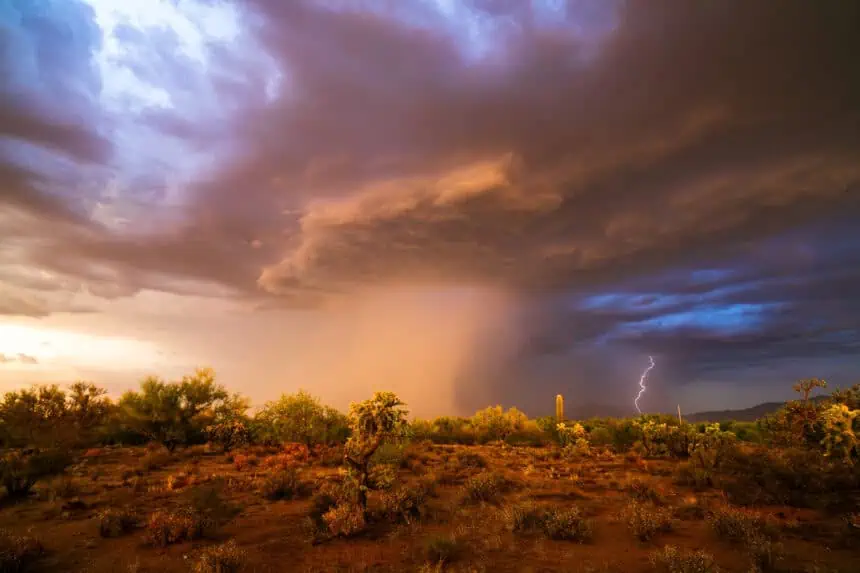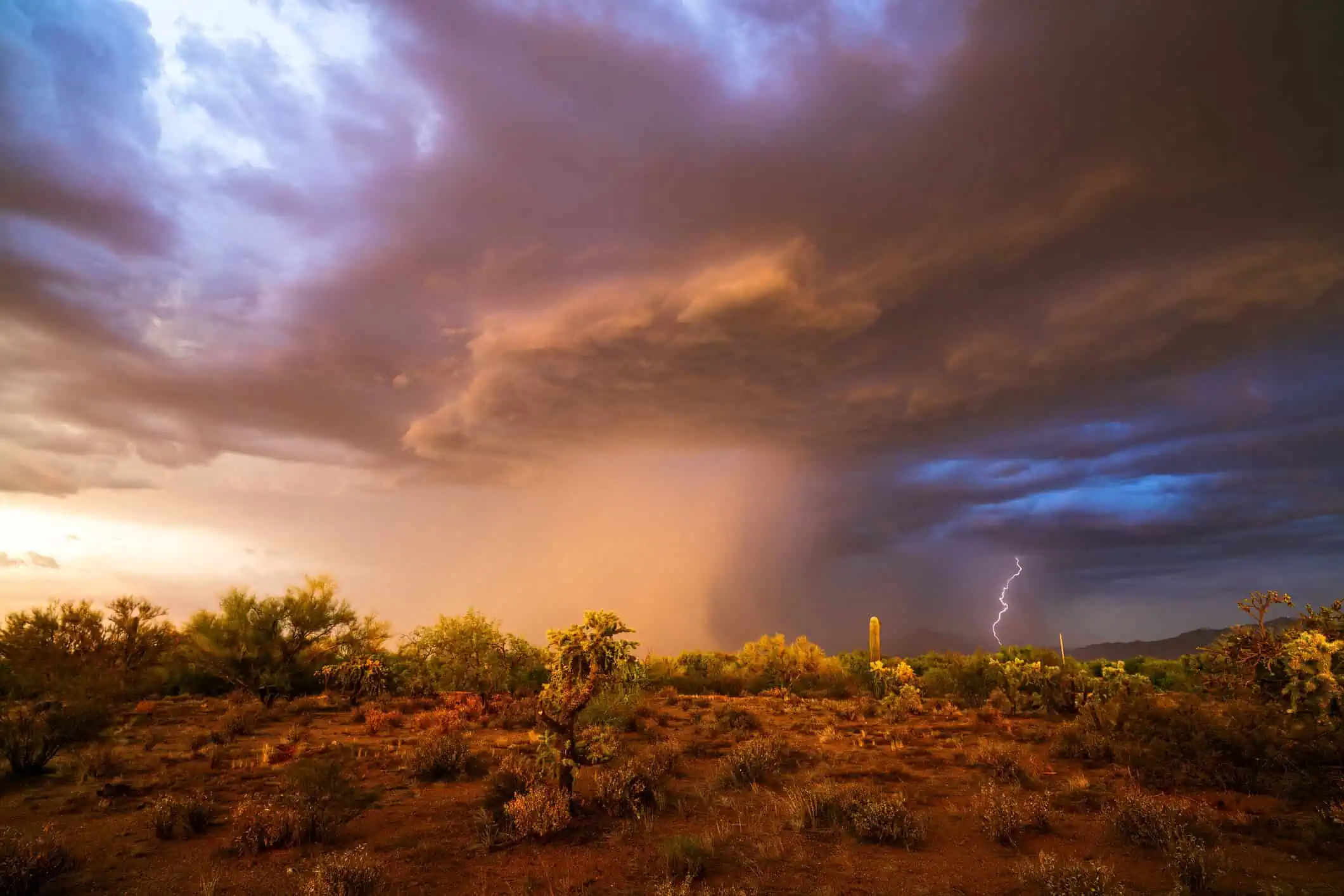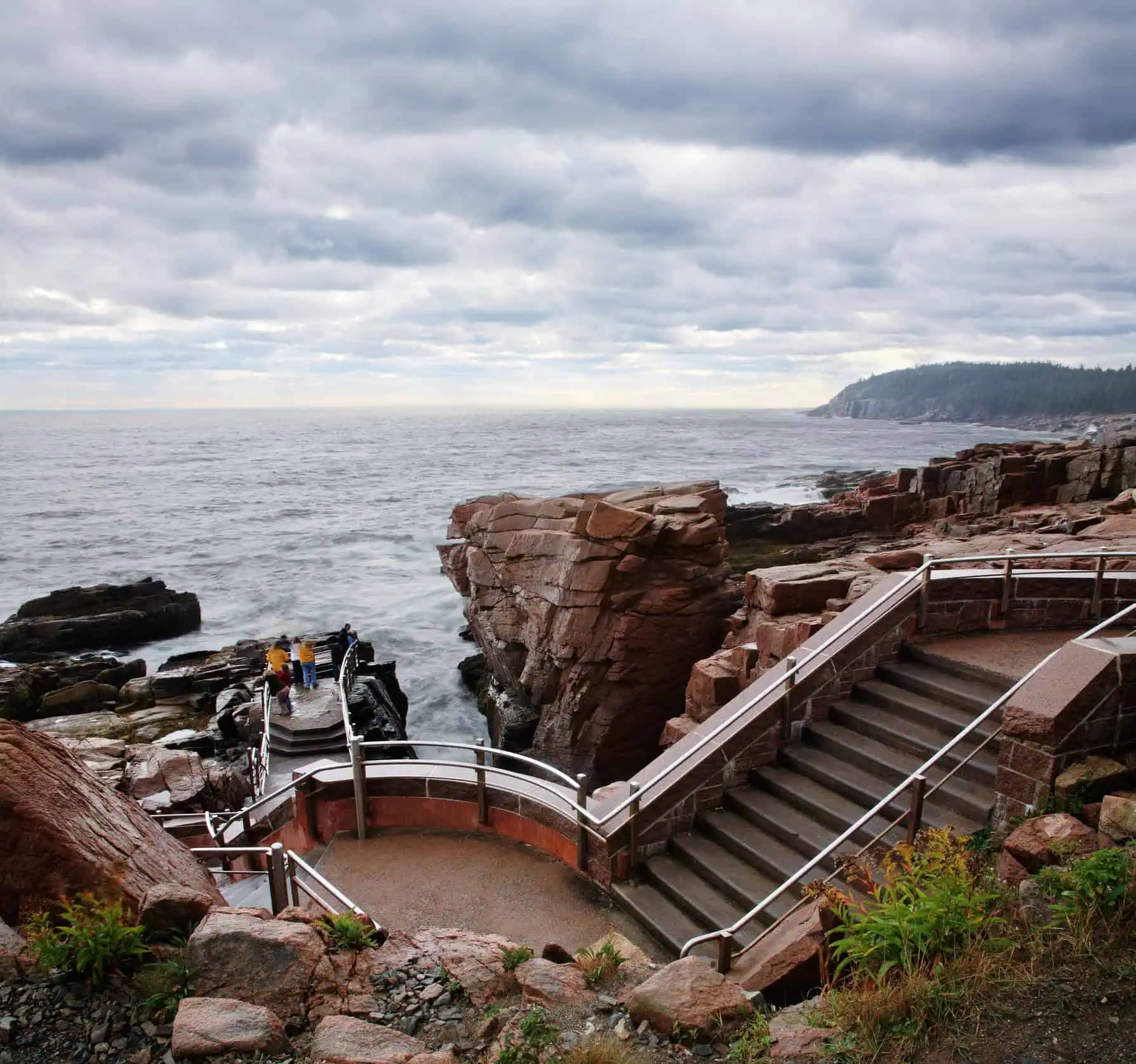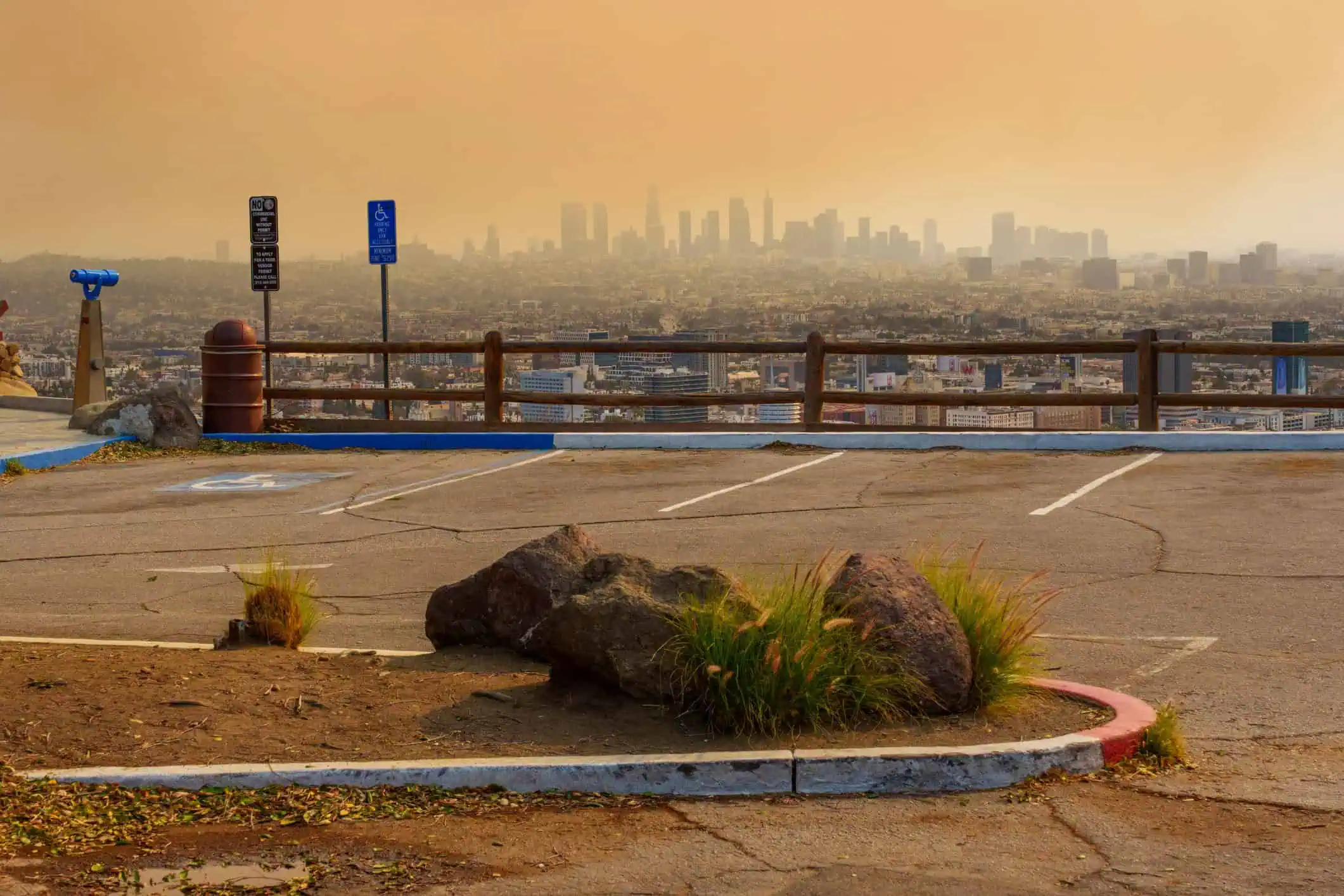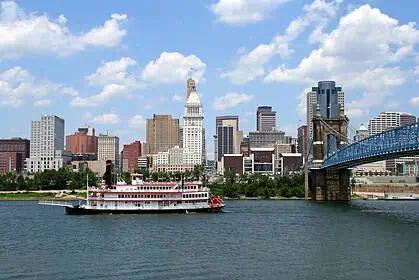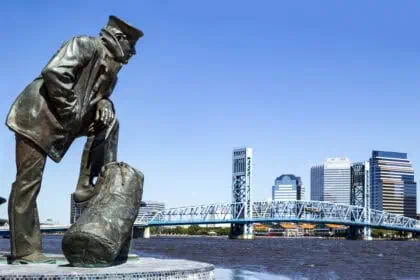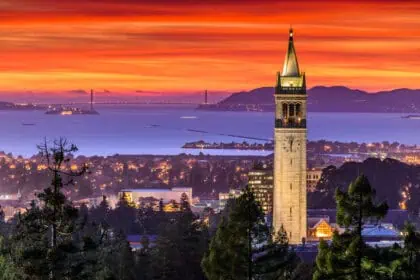When monsoon season begins in Arizona
Monsoon season in Arizona officially kicks off on June 15 and lasts until September 30, according to the National Weather Service. These dates mark the height of summer in the Southwest, when Phoenix and surrounding regions typically receive about half of their annual rainfall. The start of the season can vary slightly each year depending on broader weather patterns across the Southwest and Mexico, but mid-June is the reliable starting point.
During this period, a distinctive scent—thanks to the creosote bush—signals the start of approaching desert storms, often accompanied by powerful winds, frequent lightning, and haboobs (dust storms). These events aren’t isolated rainstorms but part of a larger seasonal weather system.
What exactly is a monsoon?
The word monsoon comes from the Arabic term “mausim”, meaning season. It doesn’t refer to one storm, but rather a seasonal shift in wind patterns. In Arizona, this shift moves winds from typically dry westerly origins to southerly, pulling moisture northward from Mexico’s Gulf Coast.
As a result, the moist air collides with the desert heat, triggering afternoon and evening thunderstorms. These storms are most intense in southern Arizona, including Tucson, which receives up to two-thirds of its annual rainfall during this season. Central and northern Arizona, including the Phoenix metro area, typically receive about half their yearly rain during the monsoon.
These storms can cause flash flooding, especially when rain falls faster than the desert can absorb it. Despite their intensity, monsoon rains don’t directly impact the state’s long-term water supply, but they play a key role in vegetation growth and can reduce wildfire risks.
Understanding haboobs: Arizona’s massive dust storms
Haboobs are large walls of dust kicked up by collapsing thunderstorm outflows. The term also comes from Arabic—“habb”, meaning wind. In Arizona, these dust storms can tower 3,000 feet high and rush across the desert at 30 miles per hour, reducing visibility to near zero. Driving in a haboob is dangerous, and residents are urged to stay indoors when one hits.
Record rainfall and the dry years
Phoenix’s wettest monsoon season occurred in 1984, when more than 9.5 inches (241.3 mm) of rain drenched the city. By contrast, 2023 was the driest on record, with just 0.15 inches (3.8 mm), far below the average of 2.43 inches (61.7 mm) between 1991 and 2020. 2024 didn’t fare much better, with only 0.74 inches (18.8 mm)—ranking as the ninth-driest season in city history.
What to expect in 2025
The National Weather Service predicts that the 2025 monsoon season could reverse recent dry trends. The current forecast gives Phoenix a 40% chance of a wetter-than-normal season and only a 27% chance of it being drier than average. Meteorologists, including Mark O’Malley from the NWS, expect warmer and wetter conditions through July to September.
After two historically dry summers, the 2025 monsoon could finally bring the refreshing storms and cooling rains that Arizona has been missing.

